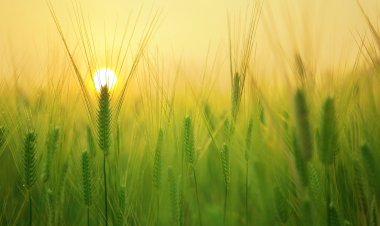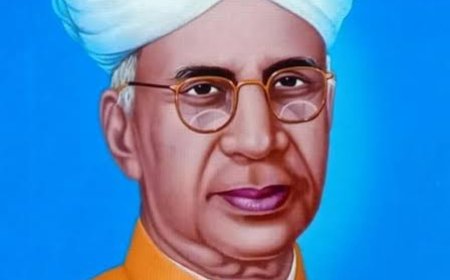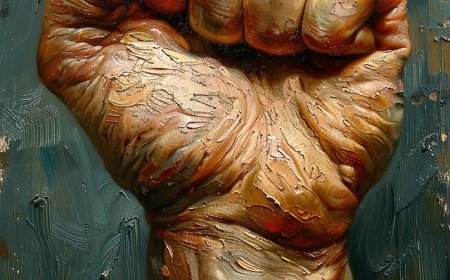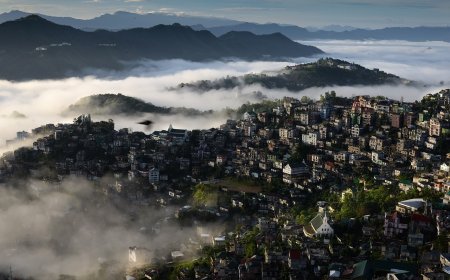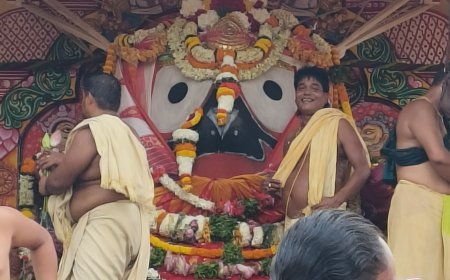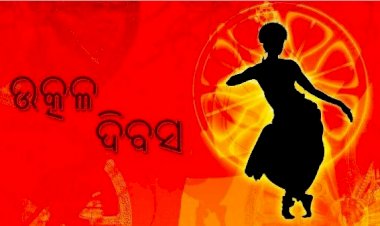Maha Vishuba Sankranti (Odia New Year)
Maha Vishuba Sankranti Odia New Year
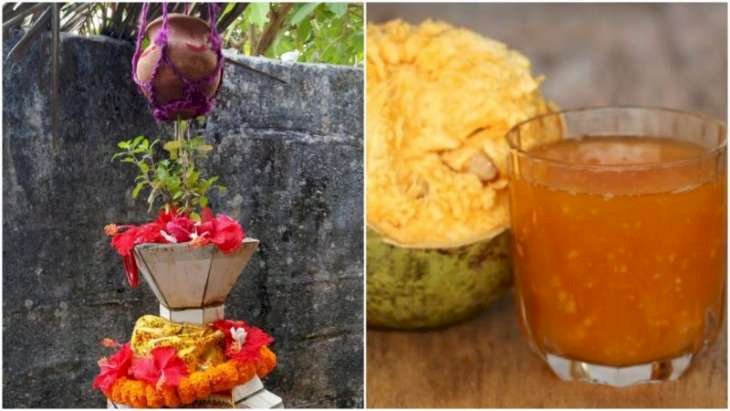
We celebrate Maha Vishuba Sankranti as the Odia New Year. This day is also known as Mesha Sankranti and Pana Sankranti in our state, Odisha. Maha Bishuba Sankranti 2021 date is on April 14 Wednesday as per the Odisha Calendar. Pana Sankranti is considered as the New Year festivals celebrated elsewhere in India such as Bihu (Assam), Naba Barsha (Bengal), Baisakhi (Punjab) Vishu (Kerala), Bisu Parba (Tulu Nadu region in Karnataka), and Puthandu (Tamil Nadu).The Sankranti of the month of Mesa i.e.Baisakha (April-May).The day is also observed as Hanuman Jayanthi – the birthday of Hanuman (only in Odisha). The day is the beginning of the New Year in the traditional Oriya Solar Calendar. The summer season also starts from this period. It is worth mentioning that the Odia calendar starts from this day. This festival is observed with visits to Hanuman temples, Shiva, Shakti, and the day is also known as the birthday of Hanuman.
Significance of Maha Vishuba Sankranti (Odia New Year)
Odia New Year is calculated based on the solar system of calendar calculation. Sun transits to Aires or Mesha Rashi on this day. The meaning of Vishuba is the Equator and Sun is over the Equator on the day. As the day symbolizes the beginning of Mesha solar month, it is also named Meru Sankranti, Mesha Sankranti, and Maha Vishuba Sankranti. The day marks the onset of the coming summer, so importance is given to ‘pana", our own energy drink, and chhatua (cereal mix) which helps us cope with the hot weather conditions.
How is Maha Vishuba Sankranti Celebrated in Odisha?
People get up early in the morning and wash up (Sankranti Buda) in rives, lakes, lakes, or oceans. Many make it a highlight to visit a sanctuary nearby. On the day, some people keep fast. The exceptional beverage Pana is likewise served on the day. It is made of Bela or Wood Apple, curds, and coconut grinding. The beverage is prepared with dark pepper and ginger. The flour of pony gram chhatua, alongside curd and banana, is devoured by individuals of Odisha subsequent to offering it to the Tulsi plant. Individuals utilize a little pot loaded up with "pana" or a sweet beverage of Mishri and water is held tight a basil (Tulsi) plant. There is an opening at the lower part of this pot that permits the water to tumble from the pot, addressing precipitation. On this day we can plan different sorts of beverages utilizing the principal substances some of the time with Wood Apple i.e Bela pana and Dahi pana ( curd). This is the reason this day is named as Pana Sankranti. On this bubbly eve as we praise it as maha Bishuba Sankranti on the grounds that on this day the sun is arranged on the line of the equator on earth that is the reason, the temperature ascends from this day onwards. Individuals utilize a little pot loaded up with "pana" or a sweet beverage of Mishri and water is held tight a basil (Tulsi) plant. There is an opening at the lower part of this pot that permits the water to tumble from the pot, which symbolizes rain.
The Special Drink “Pana”
Pana is served on the day. On this special day, people prepare the flour of horse gram chhatua, along with banana and curd, and offer it to the Tulsi plant. It is considered auspicious to eat mango on this day.” As the summer begins our ancients made a traditional drink and termed that as Pana. The whole pana made up of a mixture of briefly cut various fruits like mango, banana, grapes, pomegranates etc grated coconuts,grated paneer some amount of cashews and the sugar or jaggery as per the requirement add on with the main substances mentioned above. The best thing about this drink is, it is the healthiest one, you can have it if you are on a diet too. This is super delicious and super healthy. It keeps our minds healthy and fresh. The Bengal Quince is full of flavonoids, tannins, and coumarins. This keeps in controlling inflammation, asthma, diarrhea, and other bronchial challenges. Chat or sattu is prepared wherein the grains or grams are roasted in the sand then sieved and ground into a fine flour. It keeps us hydrated as it is high in fiber and it is nutrient-dense. This helps us go in the scorching heat. It helps to reduce constipation, bloating, acidity and irritation & burning in the stomach. It regulates blood sugar as it is low in the glycaemic index and checks cholesterol levels.
Special Tulsi Puja and Rituals
The tulsi plant in the yard of the house is given a covering using leaves. This little shed protects the plant from the coming summer. A little earthen pitcher with an opening in the base is a loomed ridiculous plant. The earthen pitcher is filled each day till summer closes. Sanctuaries lead uncommon pujas and customs. Individuals visit different sanctuaries and offer supplications and exceptional pujas. Maha Vishuba Sankranti additionally denotes the finish of sanctuary celebrations in certain districts of Odisha. Special puja is held at Sri Jagannath Temple in Puri and the new Oriya chronicle happens on the day. Tribals notice Meru Yatra on the day. Enthusiasts penetrate their bodies with sharp things and stroll on hot coal as a feature of compensation. Danda and Jhamu Yatra saw in Odisha finishes on Pana Sankranti day. The primary custom includes performing repentance of strolling through a bed of hot coal. On this day, we care for the "tulsi plant" to give cover. A shed is worked over the 'tulsi chaura' using 'Jamu, neem, and mango branches. A bit 'ghadi' (earthen pot) is set beneath the shed which has a little opening on its base. A 'kusha' is put inside that opening to guarantee smooth streaming of water that is set inside the pot. This is the manner by which, people believe that the basil plant gets adequate water and is protected from the singing warmth."


















